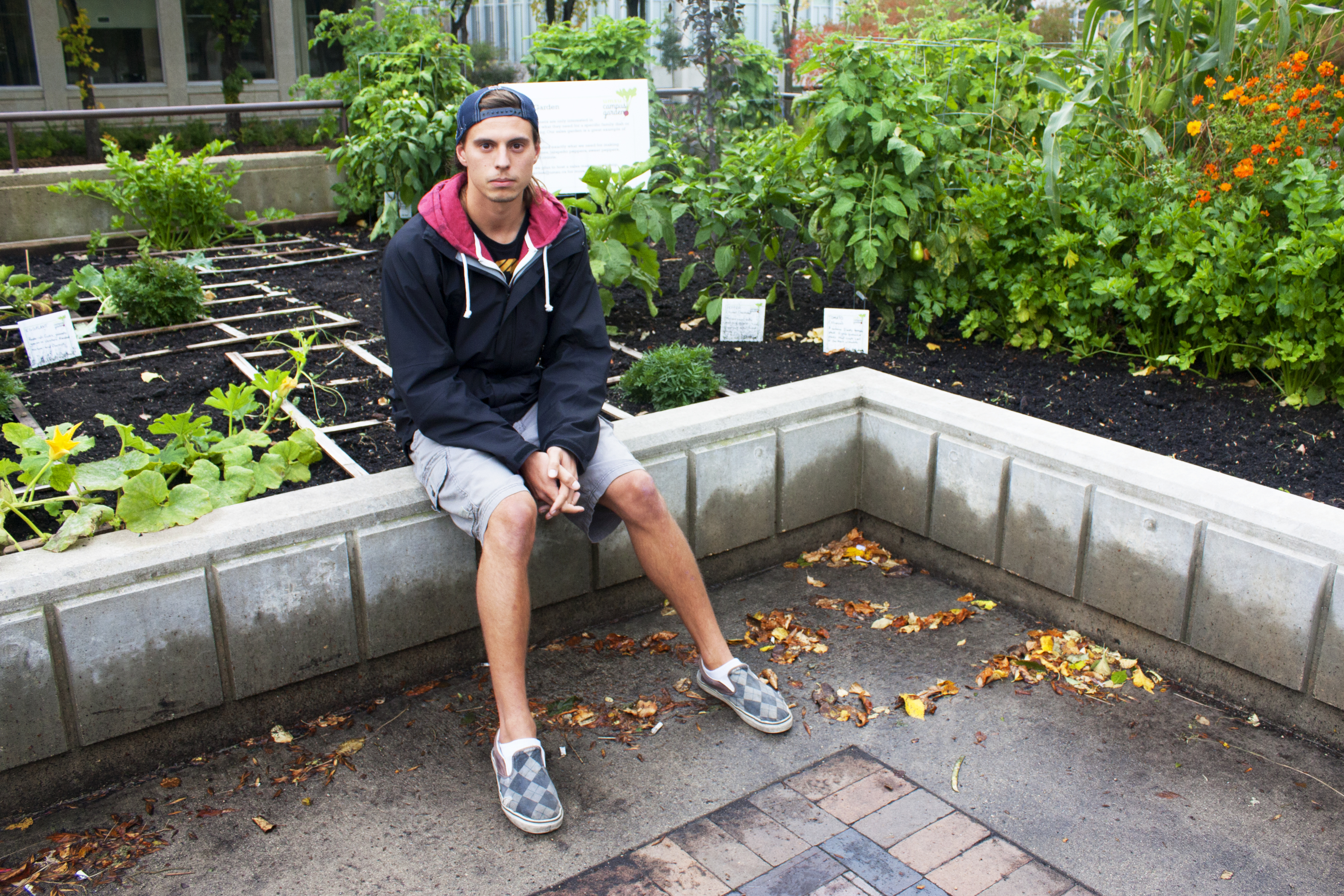There are normally six pallbearers tasked with carrying the coffin at a funeral, but the winning Your UMSU slate can only offer five — how disappointing.
UMSU president Jakob Sanderson and his slate won the UMSU election, leaving some unsurprised. Sanderson is one in a long line of UMSU presidents who have been able to secure two years at the helm of the union. It was a coronation.
However, Sanderson’s victory also marks the beginning of the end for UMSU as an organ of the Manitoba student movement.
This election demonstrated that student apathy toward UMSU is as high as ever. Despite students having three days to grab the phone in their pocket and vote online, only 28.5 per cent of union members decided to do so.
In fact, over 350 students logged in to vote and just quickly scrolled to the bottom of the electronic ballot page to submit a blank ballot. Maybe they thought the election email was something actually important.
This year’s election saw a slight uptick, 787 more ballots cast, in the level of “voter turnout” — hard to call it that seeing as how you could have turned out to your bathroom to vote — compared to last year. All elections since the implementation of online voting in 2017 have achieved voter turnout of over 25 per cent.
Jakob Sanderson’s Your UMSU slate offered a whole host of rehashed campaign promises. From last year’s marquee promise to pressure the university to utilize free open education resources to promoting its boondoggle tutoring project, it was like UMSU-election Groundhog Day.
Meanwhile, the other Jake slate, New UMSU — led by Jake Lewin — delivered its ambiguous campaign promises in a series of short Facebook and Instagram posts.
A union run by New UMSU or Your UMSU would only be superficially different. New UMSU functioned more like a microtransaction reskin of your favourite Call of Duty gun than a real alternative to Your UMSU.
The Exist UMSU slate was more ambitious and more concrete in its platform.
Lead by Annie Beach, Exist offered the only serious alternative to the UMSU norm. The Exist UMSU slate was comprised of five community advocates who had all been deeply committed to representing and improving student life.
While Sanderson’s Your UMSU slate featured promises for new Indigenous initiatives, it would be hard to imagine how it could do a better job than Exist UMSU — who offered its own Indigenous initiatives — at actualizing effective policy.
Candidates from the Exist UMSU slate are prominent members of U of M Indigenous Students’ Association (UMISA). UMISA in conjunction with Canadian Federation of Students were the central organizations responsible for creating the now nationally-implemented ReconciliAction campaign. It has been a huge success.
The people responsible for that campaign would be the best to entrust with handling UMSU’s Indigenous initiatives.
Nevertheless, Exist UMSU lost with many of its candidates coming in third behind New UMSU. That is not the fault of union membership. Rather, it is a failure of Exist UMSU supporters to convince the 72 per cent of union members who did not vote that Exist UMSU was worth pulling out their phone and voting for.
The victory of Sanderson’s slate makes it clear that UMSU is leaving behind grassroots organization, ambitious political action and systemic change.
A key campaign promise of Sanderson’s slate was to leave the Canadian Federation of Students and replace its advocacy with UMSU-based advocacy at the provincial level and a federal advocacy organization like Canadian Alliance of Student Associations (CASA) at the federal level.
CASA does not advocate for universal tuition or organizing student mobilization. Rather, CASA prides itself on developing connections with established political figures and getting its leadership on television — a major component of CASA’s Feb. 14 presentation to the UMSU board of directors.
Sanderson’s slate has really taken the wet-napkin approach to student politics to heart. Beyond simply adopting CASA’s approach to student advocacy at the provincial level in the event of a successful decertification from the Canadian Federation of Students, Sanderson’s slate is going to fund workshops for “student leaders.”
The union-funded circle of self-pleasure that the promise of “Professional Development Workshops for Student Leaders” represents is nothing but the last nail sinking into the UMSU coffin. These promised workshops are going to teach “student leaders” new self-marketing strategies, among other useless things.
How any UMSU slate could seriously make such a promise a plank in its platform is beyond reason.
Sanderson has said he is worried about a Doug Ford-esque student union defunding program that already exists in Ontario coming to Manitoba. He should be.
If Sanderson is going to save UMSU for future “student leaders” for years to come, he had better hope he can make the union revenue self-sufficient.
Sanderson’s aspiration to develop revenue self-sufficiency is not going to save the union for students. More than 70 per cent of students already do not care who runs the student union. Those people see absolutely no value in UMSU or understand what a student union can accomplish. I cannot blame them. While UMSU has the capacity to do good, it has lost the faith and confidence of its members.
A student union should have the ability to mobilize its members and force governments to bend at the knee to the will of thousands of marching students.
UMSU probably could not assemble more than 50 students on its best day.
This most recent slate is not solely responsible for the union’s demise, but they are carrying it to its grave.
So, come gather around to watch UMSU be carried to its deathbed. Hopefully, it is a shallow grave for a shallow platform.





